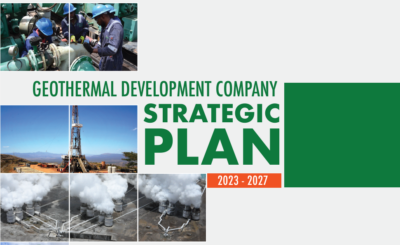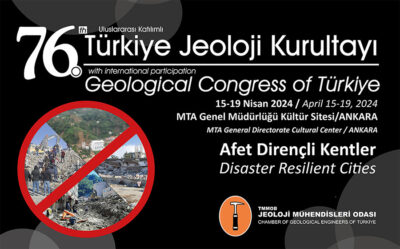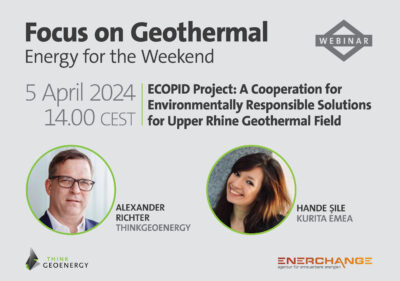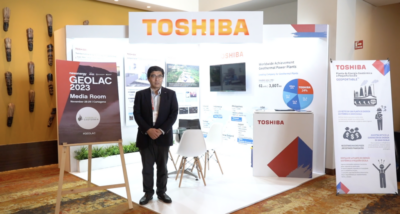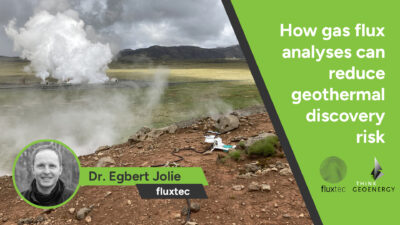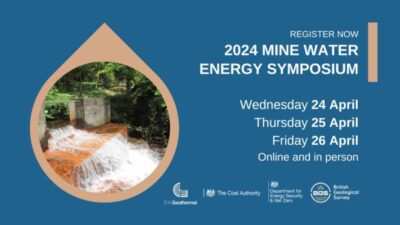Workshop on one of hottest geothermal wells to be drilled in Oregon, Sept. 10-14, 2017
An international group of geoscience experts will convene at a workshop in Bend/ Oregon Sept. 10-14 to develop a proposal for drilling one of the hottest wells in the world at Newberry Volcano in central Oregon/ United States.
An international group of geoscience experts will convene in Bend Sept. 10-14 to develop a proposal for drilling one of the hottest wells in the world at Newberry Volcano in central Oregon.
More than 40 scientists and engineers will meet at the Oregon State University-Cascades campus in Bend to explore options for the geothermal energy project, as well as funding potential. The workshop is sponsored by the International Continental Drilling Program, a non-profit organization that supports international science teams pursuing land-based drilling.
The event is being coordinated by the NEWGEN consortium, which was formed in 2015 by Pacific Northwest National Laboratory, AltaRock Energy, Oregon State University and Statoil to develop a research observatory on geothermal energy on Newberry Volcano.
The Newberry Geothermal Test Facility, located on the western flank of the caldera rim of Newberry Volcano, is one of the largest geothermal heat reservoirs in the western United States. Hot rock is relatively close to the surface at the site, making it easier to drill super-hot wells and carry out enhanced geothermal system research, according to Adam Schultz, an OSU geologist and geophysicist involved with the effort.
‘There is enormous geothermal energy potential in the United States, with the greatest concentration of resources in the West,’ Schultz said. ‘Our test site at Newberry Volcano represents one of the most promising geologic settings for geothermal power in the West, where super-hot rock could produce a high yield of stable, baseline electric power production that – unlike other renewable energy sources – doesn’t vary with sunlight, wind or wave conditions.
‘Geothermal can serve as a like-for-like replacement for coal, oil, gas and nuclear power that can operate 24/7 and underpin our nation’s energy supply. By drilling deep beneath the west flank of the volcano, we can develop new technologies for green, carbon-free energy production.’
The site has been studied for 40 years and millions of dollars have been invested there by the U.S. Department of Energy and private geothermal developers, resulting in a ready-to-use facility with the necessary infrastructure, environmental permits, land commitments, and monitoring plans.
An idle geothermal exploration well drilled in 2008, which is 3,500 meters deep, has temperatures of 320 degrees Celsius (608 degrees Fahrenheit) at the bottom. Researchers are evaluating plans to deepen the well another 1,500 meters to reach temperatures above 450 degrees Celsius (842 degrees Fahrenheit).
Scientists and engineers with expertise in geothermal energy, high-temperature drilling, seismology and volcanology are expected to attend the workshop. They are from the U.S., Canada, Japan, Norway, Iceland, France and Italy.
More information on the project is available at http://www.newberrygeothermal.com
Source: Oregon State University release








